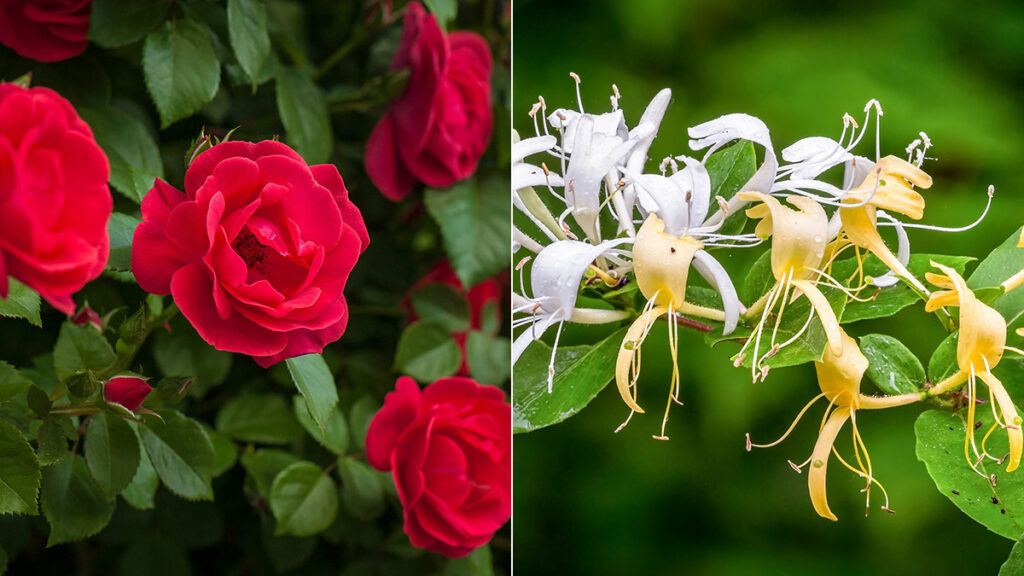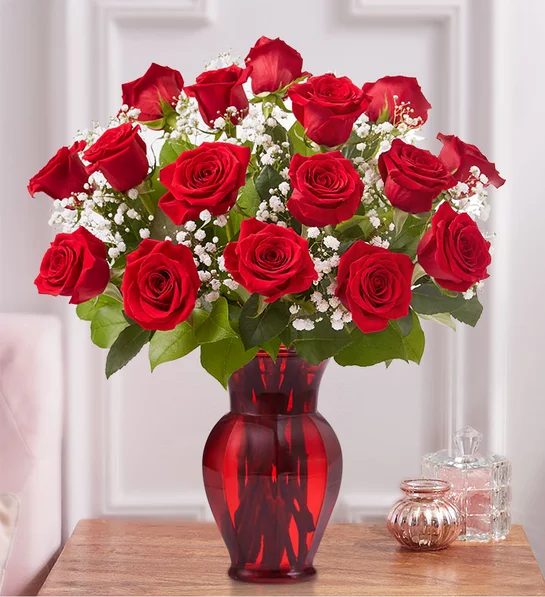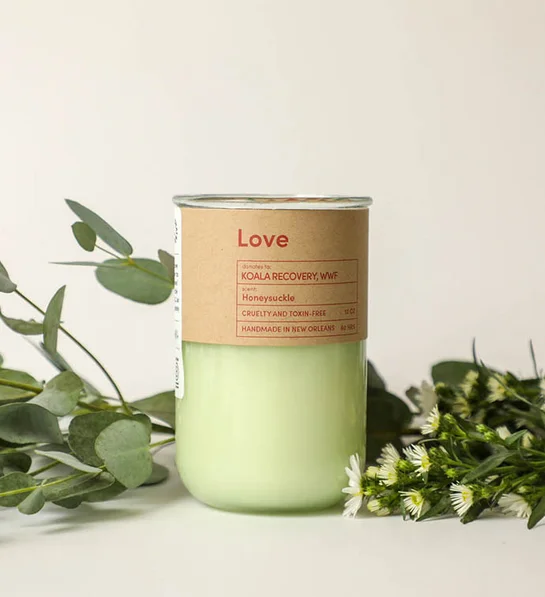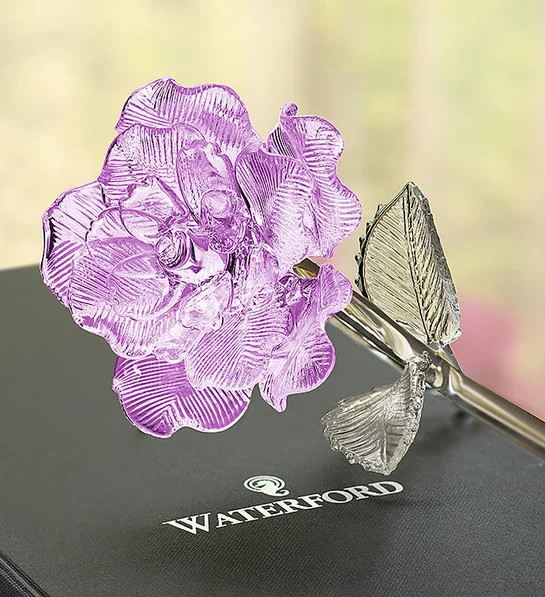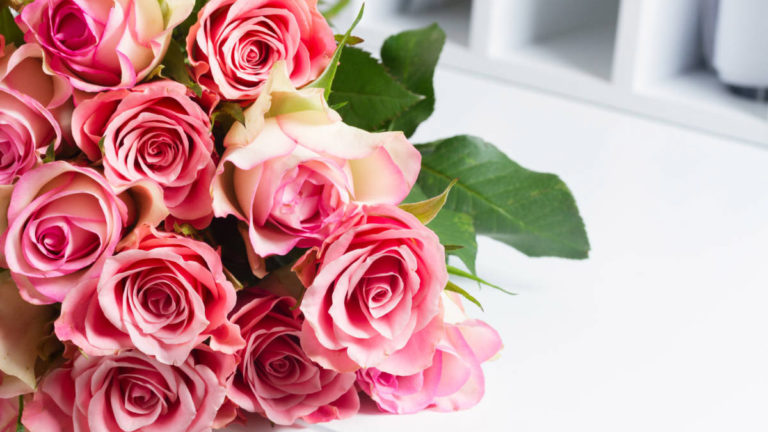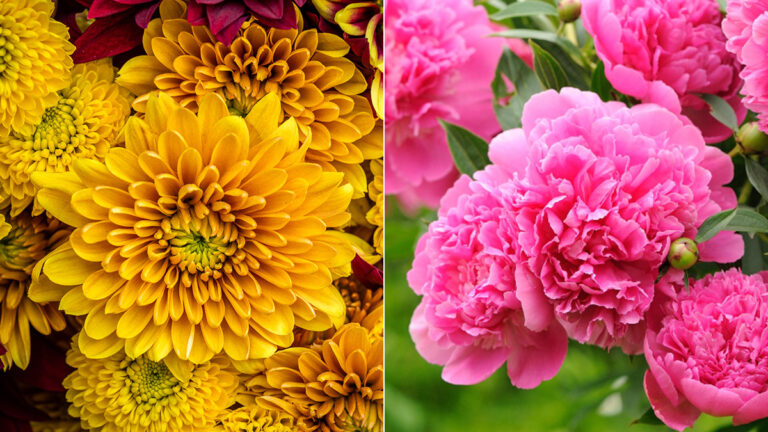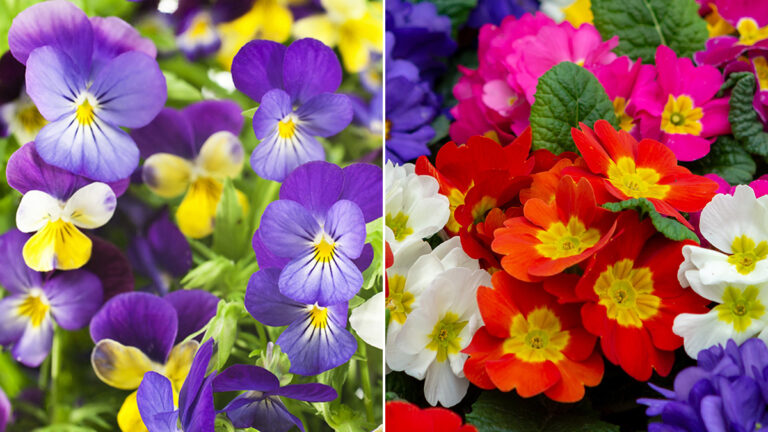As June approaches, nature reveals its vibrant colors and fragrances, offering us the delightful embrace of summer. Among the many wonders that June brings, two flowers stand out as symbols of grace, beauty, and affection.
Whether adorning gardens, bouquets, or cherished moments, these exquisite blooms enrich our lives with their timeless elegance, intoxicating scent, and enduring allure. Let’s take a journey into the enchanting world of these two June birth flowers that inspire so much love, joy, and connection.
What are the June birth flowers?
The June birth flowers are the rose and honeysuckle.
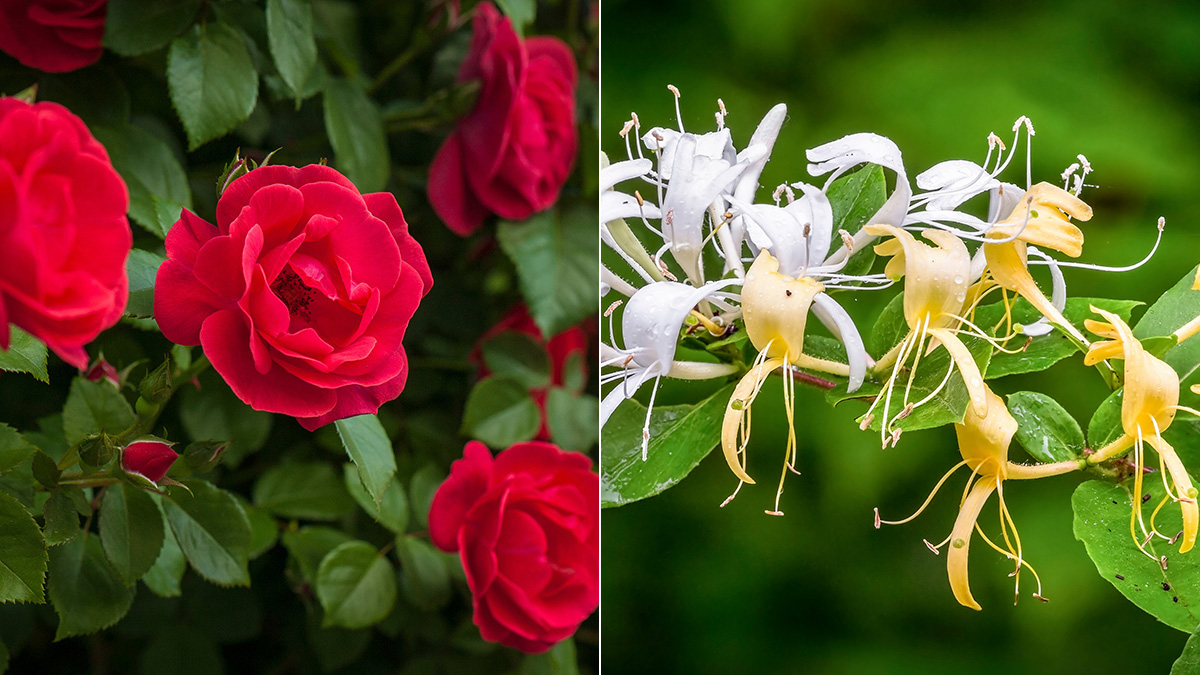
Roses are flowering plants belonging to the genus Rosa within the family Rosaceae. They are native to various regions across the Northern Hemisphere, including Asia, Europe, North America, and North Africa. While their wild ancestors may still be found in their native habitats, the cultivated varieties of roses are ubiquitous in gardens, parks, and landscapes. Roses are renowned for their beauty, fragrance, and diverse colors, making them one of the most beloved and widely cultivated ornamental plants worldwide.
Honeysuckle refers to a diverse group of flowering plants belonging to the genus Lonicera within the family Caprifoliaceae. These woody vines, shrubs, and sometimes small trees are renowned for their fragrant, tubular flowers and sweet nectar, which attract pollinators like bees, butterflies, and hummingbirds. Honeysuckles are distributed across temperate regions of the Northern Hemisphere, with the majority of species native to Asia and North America. They typically thrive in various habitats, including forests, woodlands, meadows, and gardens, where they may climb, trail, or form dense thickets.
What is the history of roses?
Roses are believed to have originated in Asia, with evidence of their cultivation dating back at least 5,000 years, particularly in regions of modern-day Iran, China, and Mesopotamia (present-day Iraq). They held symbolic significance in ancient Greek, Roman, Egyptian, and Persian cultures, where they were associated with love, beauty, and ritualistic practices.

In classical literature and mythology, roses became emblematic of love and desire, often linked to the goddesses Aphrodite (Greek) and Venus (Roman). The Romans cultivated roses extensively, using them for ornamental purposes, as well as in festivals, banquets, and religious ceremonies.
The Renaissance witnessed a resurgence of interest in roses, with botanical gardens, royal courts, and wealthy patrons cultivating rare and exotic varieties. Further, roses prominently appeared in paintings, poetry, and romantic literature of the era.
Roses remain enduring symbols of love, beauty, and romance in contemporary culture.
What is the meaning of roses?
Each rose color means something different and unique. For example:
- Red roses — universally recognized as symbols of passionate love and romance — convey deep affection, desire, and devotion. They are often exchanged on Valentine’s Day, anniversaries, and other romantic occasions.
- Pink roses represent gentleness, grace, and admiration, making them popular choices for expressing love and appreciation.
- White roses symbolize purity, innocence, and new beginnings. They are ideal gifts for weddings, memorials, and other solemn occasions.
- Yellow roses signify friendship, joy, and warmth, making them perfect for celebrating friendships and uplifting spirits.
Regardless of color, roses universally symbolize beauty, elegance, and refinement.
How to care for roses
If you’re growing roses in a garden, there are some essential care tips you should follow to keep your blooms healthy and vibrant.
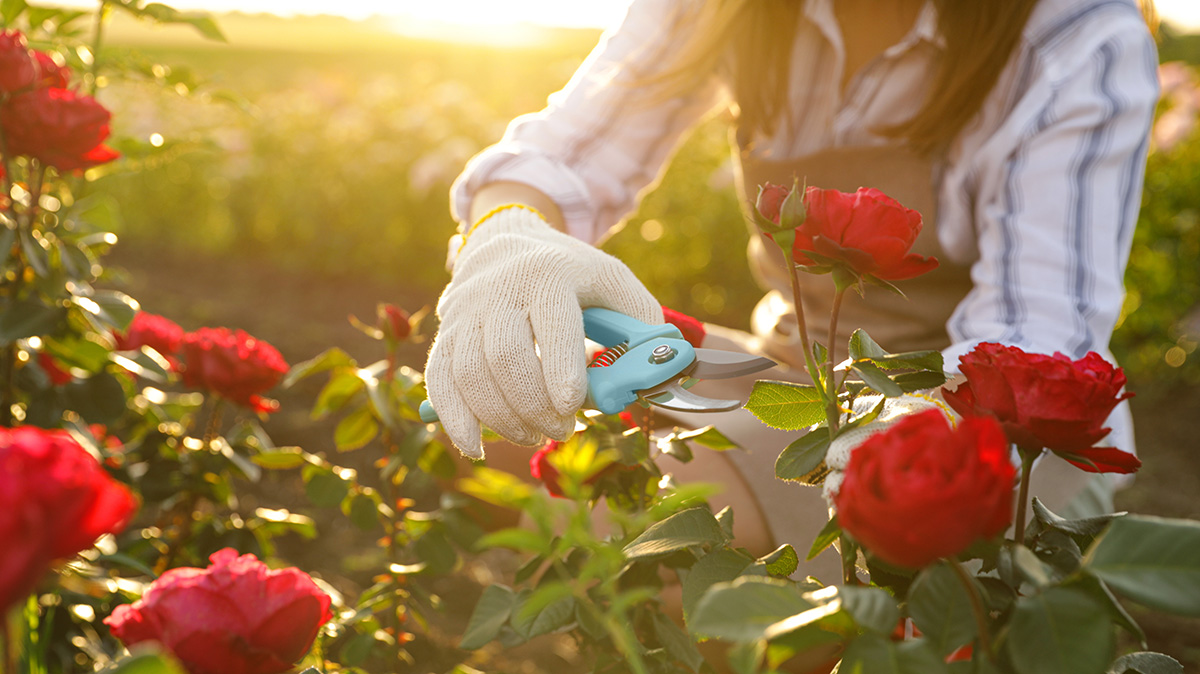
- Sunlight: Plant roses in a location that receives at least 6 to 8 hours of direct sunlight daily.
- Soil: Choose well-draining soil rich in organic matter, with a slightly acidic to neutral pH (6.0-7.0).
- Watering: Water roses deeply and evenly, keeping the soil consistently moist but not waterlogged. It is best to water in the morning to allow foliage to dry before evening, thus reducing the likelihood of fungal infections.
- Fertilizing: Apply a balanced fertilizer formulated for roses in early spring as new growth emerges. Repeat applications every 4 to 6 weeks during the growing season (spring through summer).
- Winterizing: In colder climates, consider wrapping or mounding soil around the base of rose bushes to protect from frost damage.
To get the most out of your cut roses, follow these five steps.
3 interesting facts about roses
- Rose oil is one of the most precious and expensive essential oils in the world. It can take between 4,400 and 8,800 pounds of rose petals to yield just 2.2 pounds of rose oil.
- The oldest fossilized remains of a rose were discovered in Colorado. This fossil, known as “Rosa foetida,” dates back over 35 million years!
- June is National Rose Month. It was declared so in 1959 as a way of trying to build support for making the rose the national flower of the United States — a goal that was finally realized in 1986.
June birth flower gift ideas
What is the history of honeysuckle?
The exact origins of honeysuckle are difficult to trace due to its widespread distribution and long history of cultivation. We do know that in ancient China, it was used in traditional herbal medicine to treat fevers, inflammation, and respiratory ailments. Its fragrant flowers were also prized for their sweet nectar.
In European folklore, honeysuckle was believed to bring good fortune to those who planted it near their homes and to offer protection against evil spirits. In Victorian times, honeysuckle was often featured in romantic gardens and floral arrangements as a token of affection.
Today, honeysuckle vines are popular choices for trellises, fences, and arbors. However, some non-native species, particularly Japanese honeysuckle (Lonicera japonica), have become invasive in certain regions, outcompeting native vegetation and disrupting ecosystems.
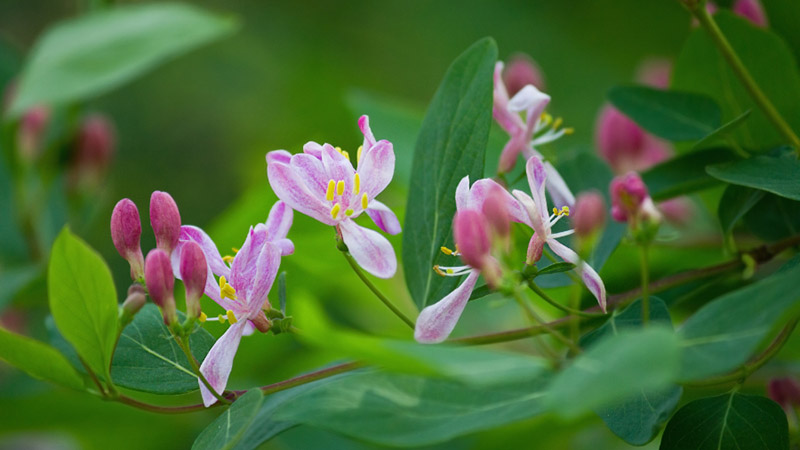
What does honeysuckle symbolize?
Honeysuckle is widely regarded as a symbol of sweetness, both literally and figuratively. Its fragrant flowers exude a sweet, honey-like aroma that evokes feelings of warmth, comfort, and nostalgia.
In Victorian symbolism, honeysuckle was seen as a token of devotion and fidelity. Its climbing vines and intertwining growth habit were interpreted as symbols of the unbreakable bonds of love and friendship. Honeysuckle was often included in bridal bouquets and floral arrangements to symbolize lasting affection and loyalty.
Because of its medicinal uses, honeysuckle also represents renewal, rejuvenation, and the healing power of nature.
How to care for honeysuckle
Here are some essential care tips for nurturing honeysuckle plants.
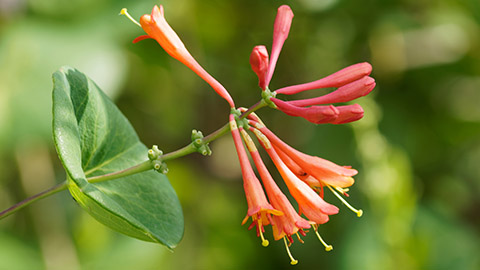
- Sunlight: Choose a planting location that receives full to partial sunlight.
- Soil: Plant honeysuckle in well-draining soil that is rich in organic matter.
- Timing: Plant honeysuckle in the spring or fall when temperatures are mild and rainfall is more abundant.
- Regular watering: Water newly planted honeysuckle regularly to establish roots. Once established, water deeply but infrequently, allowing the soil to dry slightly between waterings.
- Drought tolerance: Honeysuckle is somewhat drought tolerant once established, but consistent moisture is essential during dry spells, especially in hot climates.
- Climbing support: Provide a trellis, arbor, or fence for climbing varieties of honeysuckle to cling to and support their growth. Train vines to climb vertically by gently tying them to the support structure as they grow.
3 interesting facts about honeysuckle
- One way to distinguish between native and invasive honeysuckle is by looking at the stems: Native honeysuckle has solid stems whereas invasive honeysuckle has hollow stems.
- Some species of honeysuckle produce eatable berries that are enjoyed by birds and wildlife, as well as humans. The berries are typically small, round, and brightly colored, ranging from red to orange to black.
- Honeysuckle flowers can be brewed into a fragrant and flavorful herbal tea that is enjoyed for its soothing properties and delightful taste. Honeysuckle tea is known for its light, floral aroma and sweet, slightly tangy flavor.

